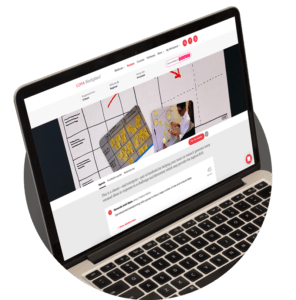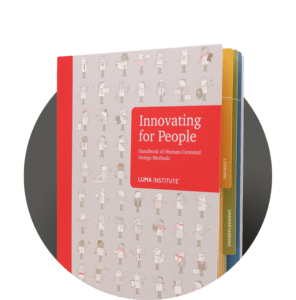Method overview
When you first glance at a tree in a forest, you rarely focus on its distinct parts. It’s uncommon to consider the invisible roots that sustain it, or spend time scrutinizing every limb and leaf. The same is often true of the design problems you are asked to address; you grasp the general situation but don’t immediately separate out the problem from its causes and effects. If you study the root of a problem and recognize its branching effects, you set the conditions for effectively framing the issues and finding meaningful solutions.
Problem Tree Analysis provides a template for mapping causes and effects in order to better understand the chain of connected circumstances that led to the current situation. Using the tree as a metaphor, you separate the causes (roots) from the effects (branches) of a central issue (trunk). It provides a structured way for your team to reveal concerns, discern causes from symptoms, and potentially frame problem statements in a new and better way.
The benefits of this method
- Helps you untangle complex problems.
- Reveals various causes and effects.
- Builds a shared understanding.
- Provides a direction for problem solving.

Quick guide
- Identify a problem statement to focus on.
- Assemble a diverse group of stakeholders.
- Gather the team around a flip chart or whiteboard.
- Write your focal problem in the middle of the space.
- Instruct the team to discuss the causes (roots).
- Write the various responses below the focal problem.
- Instruct the team to discuss effects (branches).
- Write the various responses above the focal problem.
- Discuss and decide which cause or effect to focus on.
Helpful hints
- Acknowledge and discuss direct vs. indirect causes.
- Note that some effects are routine, and some rare.
- Take a quick poll to help decide where to focus.
Combining LUMA methods into design recipes
The methods in the LUMA System are great on their own, but they are really powerful when combined into design recipes. Just like when you combine ingredients to make a tasty meal, you can also combine design methods to address challenges such as improving workplace culture or uncovering customer insights.
An example of a recipe from LUMA Workplace®:


Want to learn more about LUMA methods?


